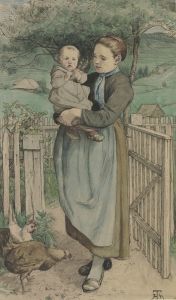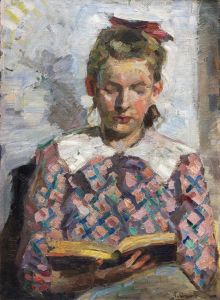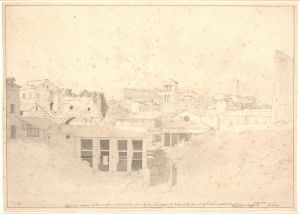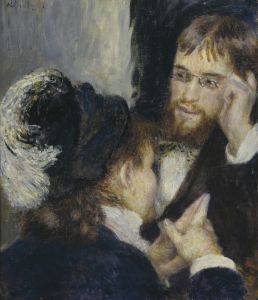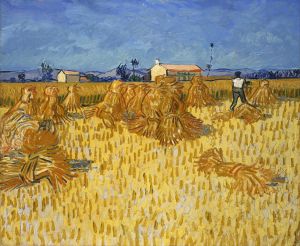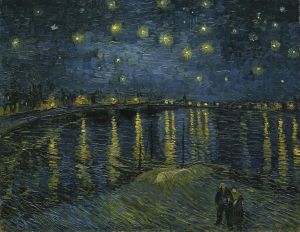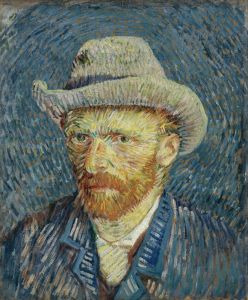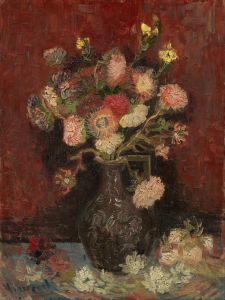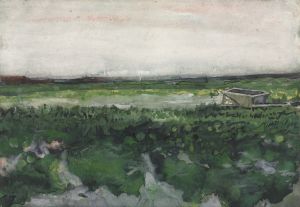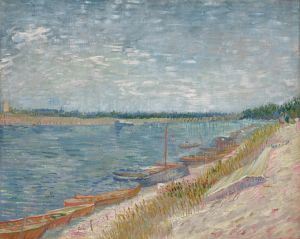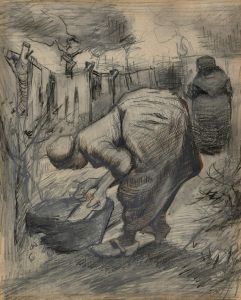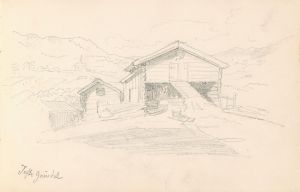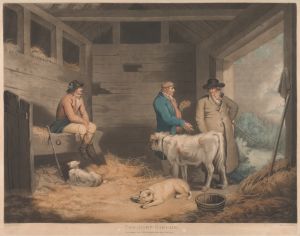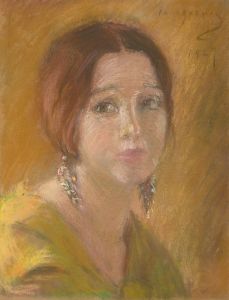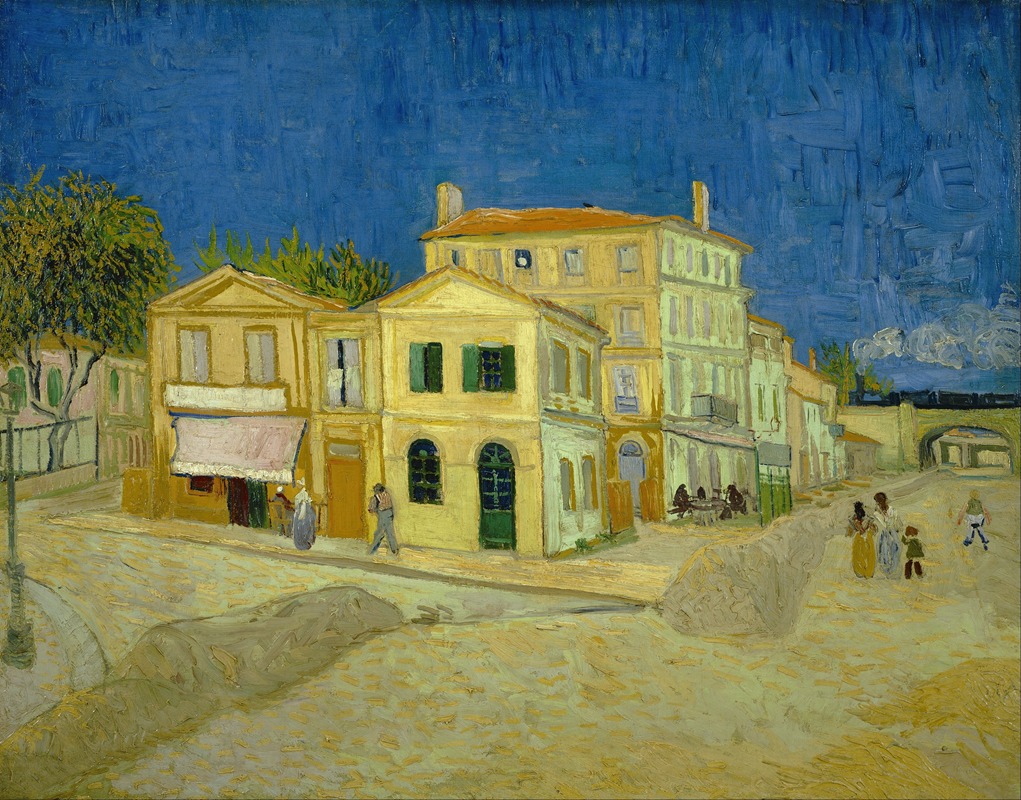
The yellow house
A hand-painted replica of Vincent van Gogh’s masterpiece The yellow house, meticulously crafted by professional artists to capture the true essence of the original. Each piece is created with museum-quality canvas and rare mineral pigments, carefully painted by experienced artists with delicate brushstrokes and rich, layered colors to perfectly recreate the texture of the original artwork. Unlike machine-printed reproductions, this hand-painted version brings the painting to life, infused with the artist’s emotions and skill in every stroke. Whether for personal collection or home decoration, it instantly elevates the artistic atmosphere of any space.
"The Yellow House" is an oil painting created by the Dutch Post-Impressionist artist Vincent van Gogh in September 1888. The work is also known as "The Street" (French: La Rue). It depicts a corner of the Place Lamartine in Arles, France, where Van Gogh rented a house that he referred to as the "Yellow House." This painting is considered one of Van Gogh's significant works, as it reflects his vision of creating an artist's community and his life during a pivotal period of his career.
The painting shows the Yellow House itself, a two-story structure with green shutters, situated at the corner of a street. The house is surrounded by other buildings, trees, and a clear blue sky, capturing the bright sunlight of the southern French town. The scene is rendered in Van Gogh's characteristic bold brushstrokes and vibrant colors, emphasizing the warmth and energy of the environment. The building's yellow walls and contrasting green shutters are particularly striking, showcasing Van Gogh's innovative use of color to convey mood and atmosphere.
Van Gogh rented the Yellow House in May 1888 and used it as both his residence and studio. He envisioned it as a space where artists could live and work together, fostering creativity and collaboration. This idea was inspired by his admiration for Japanese art and culture, which he believed emphasized harmony and community. In October 1888, Paul Gauguin, a fellow artist and friend of Van Gogh, joined him in the Yellow House. However, their time together was short-lived and marked by tension, culminating in a dramatic incident in December 1888 when Van Gogh experienced a mental health crisis and famously mutilated his own ear.
The painting was created during a productive period for Van Gogh, during which he produced many of his most celebrated works. "The Yellow House" is often interpreted as a reflection of his optimism and aspirations for his life in Arles, despite the challenges he faced. The building itself was damaged during World War II and no longer exists, but the painting remains an important record of Van Gogh's time in Arles and his artistic vision.
Today, "The Yellow House" is part of the collection of the Van Gogh Museum in Amsterdam, Netherlands. It continues to be studied and admired for its historical significance and its place within Van Gogh's body of work.





